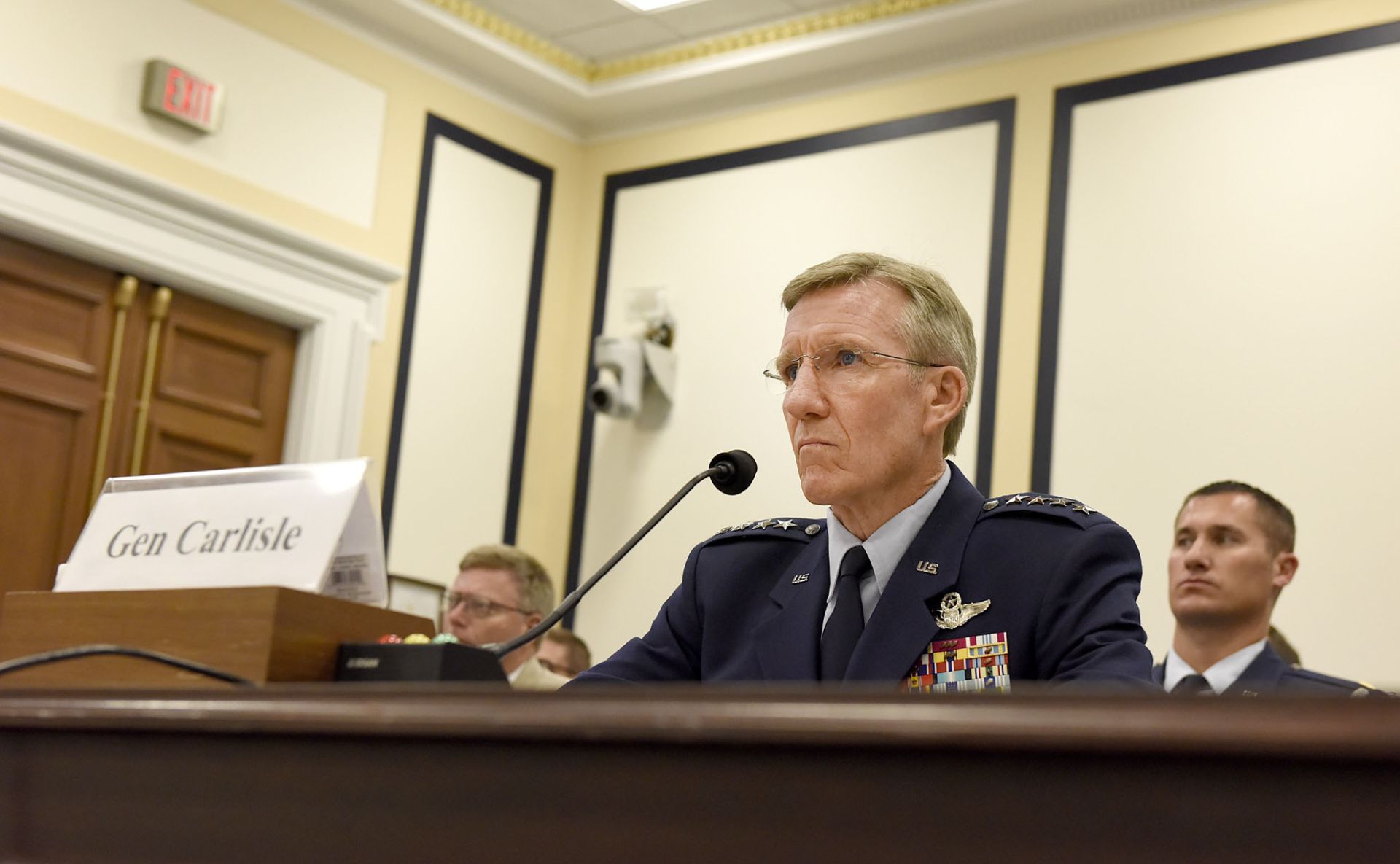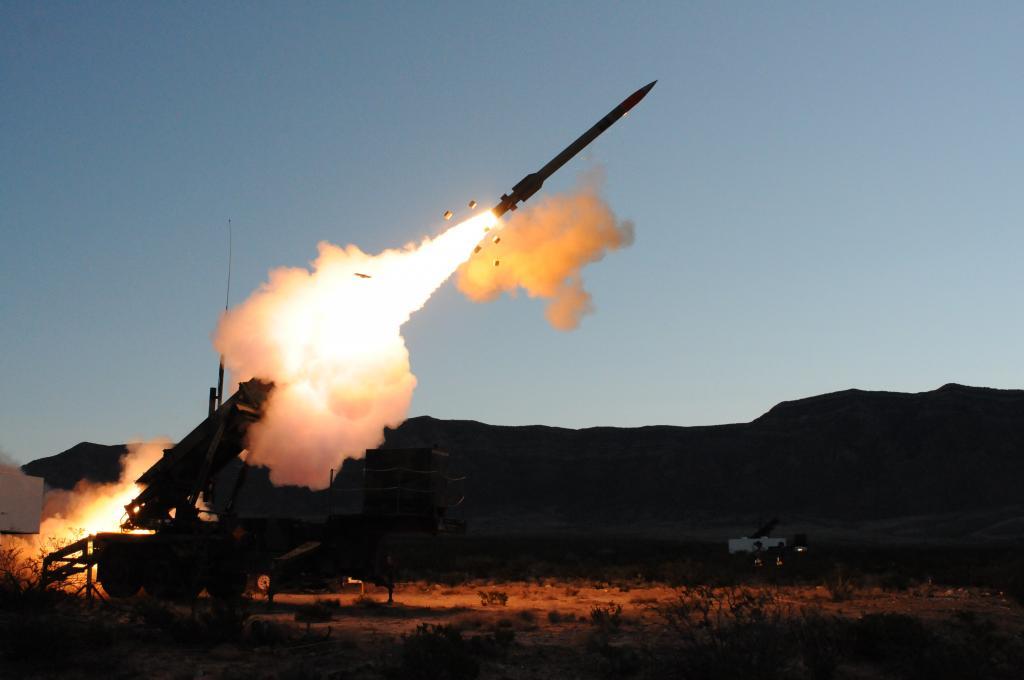Gen. Hawk Carlisle, the Air Combat Command commander, discussed the importance of air superiority and the need to assure it by modernizing the combat air force during a hearing of the House Armed Services Committee Tactical Air and Land Forces Subcommittee in Washington, D.C., July 13.
This is the second of two hearings where ACC leaders have testified on air superiority’s importance to the nation’s defense. Carlisle’s testimony followed a similar hearing with the ACC vice commander, Maj. Gen. Jerry Harris, at the National Museum of the Air Force on Jun 18. The purpose of the hearing was to discuss the United States’ future air dominance and the key role of fifth-generation fighter aircraft like the F-22 Raptor and F-35 Lightning II.
“America cannot effectively wield its military as an instrument of national power without the means to control the skies,” Carlisle said. “When our means can be challenged, our ability to deter and dissuade washes away and is replaced with an adversary who sees a weakness — a weakness to be exploited and used to reinspire thoughts of armed conflict.”
Currently, the Air Force conducts the air superiority mission with a mix of fourth- and fifth-generation aircraft, which include the F-15C Eagle, F-15E Strike Eagle, F-16 Fighting Falcon, F-22 and F-35.
“Today’s air superiority mission rests upon a mix of fourth- and fifth-generation fighters, supported by a highly refined command and control network, and flown by the world’s best trained Airmen,” Carlisle said. “However, balancing future capacity, capabilities and readiness at the desired levels is near impossible within current financial constraints.”
He stressed that while ACC continues to design and advocate strategies to define requirements, increase acquisition agility, and reduce procurement timelines and life cycle costs, these efforts can only go so far without the men and women who carry out the mission.
“American Airmen are the best problem solvers in the world,” Carlisle said. “We need to give them the resources to solve this one – the future of air superiority — and we need to do everything in our power to keep them in our Air Force.”
He went on to explain that while the nation’s air superiority capability remains at the highest level, near-peer adversaries are modernizing their capabilities to threaten U.S. enabling technologies and systems, such as the electromagnetic spectrum, space and cyberspace.
“Although aircraft are some of the most expensive and challenging systems to develop and field, our competitors have made progress in the quest to match and counter American aerial capabilities,” Carlisle said. “We are witnessing the emergence of advanced aircraft such as the T-50 from Russia and the J-20 and J-31 from China, with full expectations that foreign military sales are in their future.”
Carlisle stated that the Air Force is rising to these challenges through a strategy that deliberately capitalizes on the service’s strengths while exploiting adversary weaknesses, specifically in terms of achieving a “decision advantage.” He explained that the F-35 was a prime example of a weapon system that is able to process large and multiple sources of data, analyze and then display it to the warfighter to create an advantage over the adversary.
Carlisle also noted the F-35 acquisition schedule and projected service life of the remainder of the fighter fleet continue to drive a requirement for 1,763 F-35As in order to preserve sufficient air capability and capacity for the military. Currently, 48 F-35s are set to be produced annually, but in order to address shortfalls in the F-22 procurement, the desired production rate is 60.
According to Carlisle, continued investment in U.S. air superiority is critical, as adversaries will continue to test the nation’s might.
“Forty-four years ago, DESOTO 03 was the last (U.S.) Air Force air-to-air loss,” he said, referring to the call sign of an F-4 Phantom II shot down over North Vietnam by a MiG-21. “(ACC) is tasked to ensure that never changes.”
Upon concluding his testimony, Carlisle thanked the committee members for their service to the country and its armed forces, and for their support in assuring continued U.S. air superiority capabilities.
“I have no doubt that this partnership will continue to propel our forces and the combat output so desperately desired by our combatant commanders,” Carlisle said. “I look forward to continued collaboration and the success it will bear for the joint force and our nation.”











